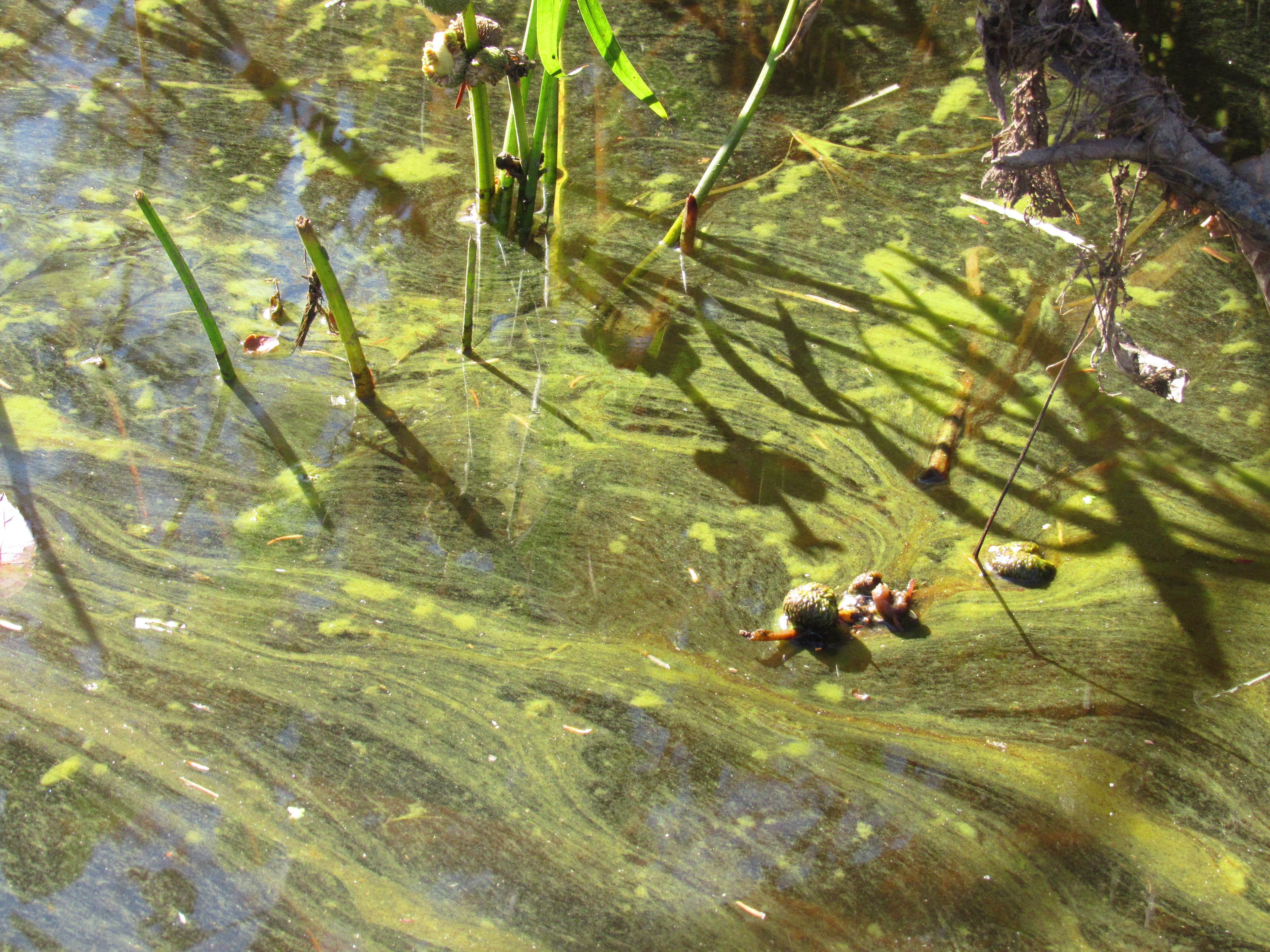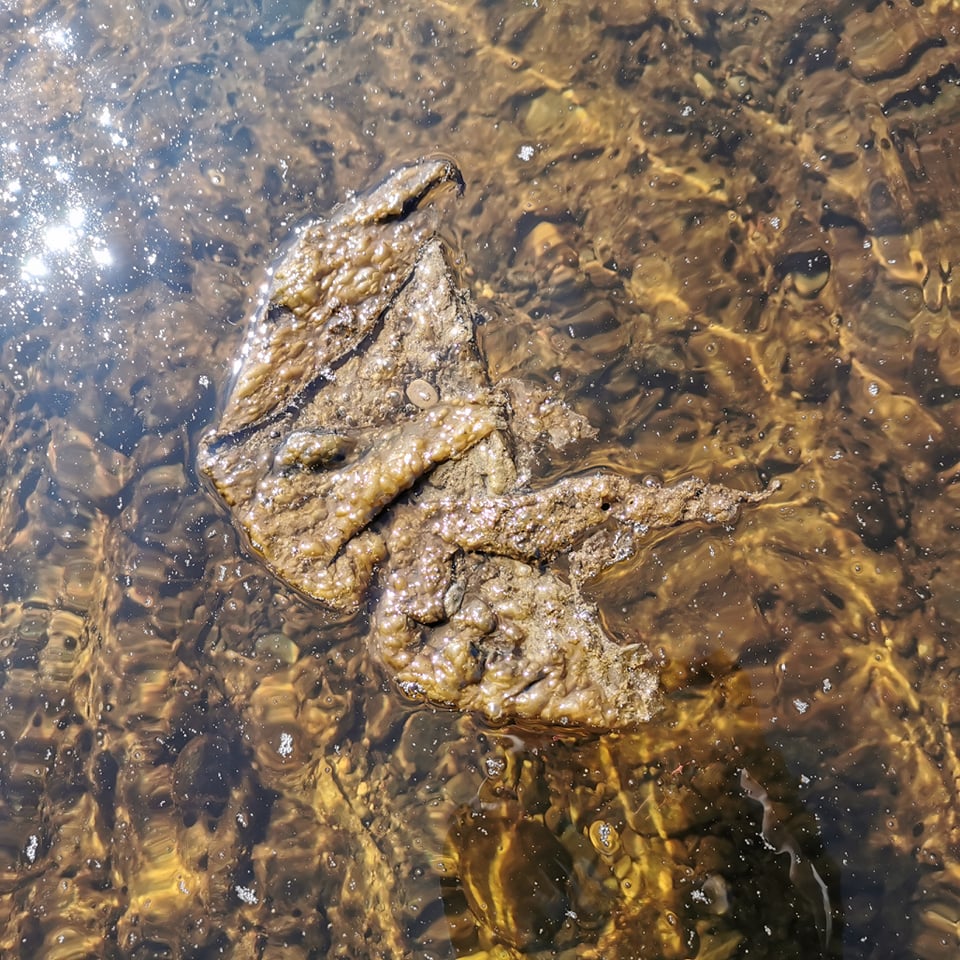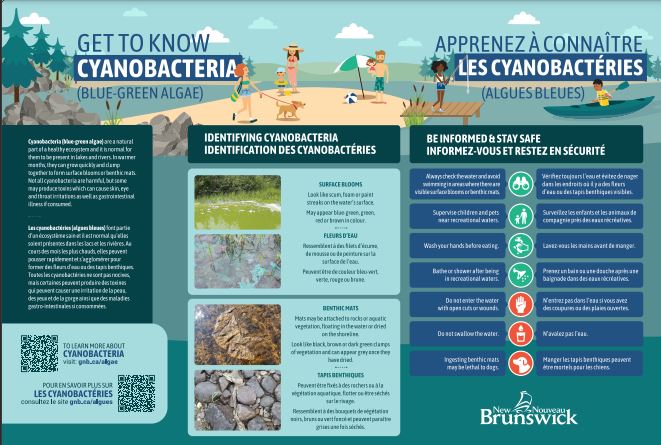Cyanobacteria is the proper name for blue-green algae, because these organisms are actually bacteria and not algae at all! Cyanobacteria were the earliest known forms of life on earth. When first discovered, cyanobacteria looked similar to algae and can sometimes appear blue-green in colour – which is why the term blue-green algae was used.
They are a natural part of our environment and water ecosystems, and can be found in many ponds, lakes, rivers, and wetlands in New Brunswick. Blooms usually occur when temperatures get warmer, typically in the late spring and early summer sometimes appearing quickly or overnight. They are not normally visible, but under certain conditions (warm, slow moving, shallow water and lots of sunlight) and when there is lots of food (nutrients such as phosphorus and nitrogen), they can grow quickly and clump together to form surface blooms or benthic mats.
Some types of cyanobacteria can produce toxins that are harmful to humans and animals. Because of this, public health advisories may be issued. Advisories help recreational water users make informed decisions on water use in the affected area. They also help remind users to check the water for visible surface blooms, scum, and benthic mats, which pose the most risk. Since conditions may change in a matter of hours, it is important to be aware of local water conditions. Individuals should always check the water and scan the shoreline before engaging in recreational water activities such as swimming, wading, canoeing and paddle boarding, etc. Avoid swimming in areas with visible surface blooms or benthic mats.





